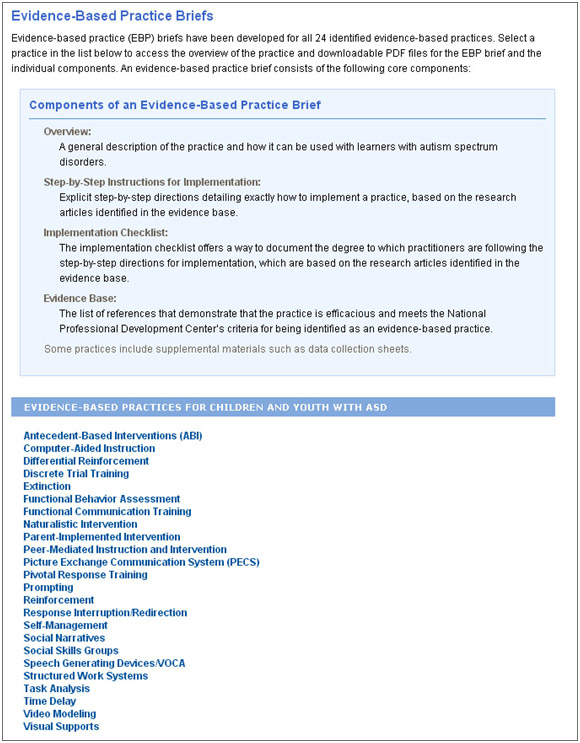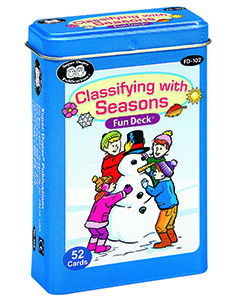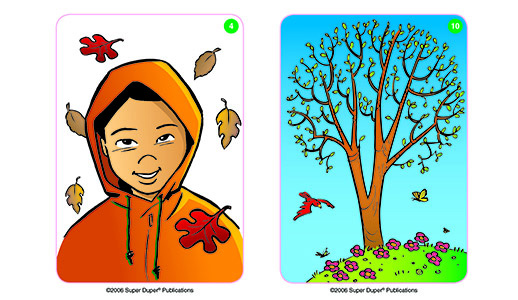For many of the families I work with, toilet training their child with autism becomes a long, painful process. I typically recommend the Rapid Toilet Training (RTT) protocol developed by Azrin & Foxx (1971) but many parents struggle to maintain implementation without the presence of a behavior therapist or toilet training specialist. And while Azrin & Foxx’s results have been replicated in other studies, RTT has primarily been used in educational and outpatient settings, and the amount of time it has taken to complete toilet training has been longer than in the initial study.
This is why I was especially excited to come across the study by Kroeger & Sorensen (2010) about “A parent training model for toilet training children with autism,” which is based on Azrin & Foxx’s initial study with some key modifications. This study focuses on parent-conducted toilet training in the home and was completed with two children with autism.
As mentioned in previous blog posts, the best interventions usually are multi-pronged approaches. This is no different. While there are multiple steps involved, it’s important to recognize that one of these children was fully toilet trained in 4 days, and the other in 11 days. Both children maintained toilet training skills when researchers checked in at 2 weeks, 6 months, and 3 years. Setting aside a few days or a couple of weeks to complete this intensive protocol may be intimidating at first, but achieving similar results as the two children in the study has a huge impact on the life of your child and the entire family.
Prior to starting the intervention, they received medical consent and clearance from the children’s attending developmental pediatricians. They then performed a preference assessment (the RAISD) to determine reinforcers. The study then states that “The families were asked to restrict the children’s access to these reinforcers for a minimum of 3 days prior to implementing the intensive training treatment protocol.”
The intensive toilet training program had 5 components:
Increased fluids: In consultation with a pediatrician, the study states that “parents were instructed to increase the children’s access to fluids for 3 days prior to implementing the training.” This increase in fluid intake continued until 6:00 PM on the first day of training.
Toilet scheduled sitting: Since the protocol was completed in the privacy of the children’s homes, the children were able to remain undressed from the waist down while being toilet trained. The children were continuously seated on the toilet, then able to leave the toilet for voiding in the toilet, or for brief “stretching” breaks. As they achieved higher frequency of appropriate voiding in the toilet, the amount of time spent on the toilet decreased and the amount of time escaping the toilet increased. (The schedule for fading out time seated on the toilet is detailed in Table 1 of the study.) Also, while seated on the toilet, the child was able to play with preferred items, but not the most preferred items.
Reinforcement for continent voids: According to the study, “If the child successfully voided while on a scheduled sit, they were provided immediate reinforcement (primary edible reinforcement and planned escape to a preferred activity). If the child self-initiated a void while on a break, he was provided immediate reinforcement and a new break time was begun after the self-initiated break.”
Redirection for accidents: When accidents occur, a neutral verbal redirection was provided, such as “We go pee on the toilet” and then the child was physically redirected back to the toilet. Once they were on the toilet, a scheduled sit was begun.
Chair scheduled sitting: Once the child began to experience success with voiding on the toilet, a chair was placed next to the toilet. During scheduled sits, the child would sit on the chair. If he began to void on the chair, the study states that he “was provided with the least intrusive, minimal, physical prompt. When he independently moved from the chair to the toilet to void three consecutive times, the chair was systematically moved away from the toilet in 2-feet increments.”
The study goes into further detail on each of these five components, as well as how to generalize the skill and how parents were trained in the protocol. The study made modifications to the Azrin & Foxx study to make it easier to apply in the home setting for parents, and it removed any form of punishment.
While this is a comprehensive toilet training program that requires a high level of time and attention from the parents, it is set up to help parents achieve results in a relatively short period of time.
The study states, “Parents of incontinent children with developmental disabilities report higher personal stress and distress likely related to the toileting problems presented by their children than parents of toilet trained children with developmental disabilities. It could be deduced then that continence training not only increases associated hygiene factors and access to activities and placements, but also increases the quality of life for the parents by reducing stress and subsequently for other family members such as siblings as corollary recipients of the distress” (Macias et al., 2006).
The potential to improve the quality of life for both your child with autism and your entire family is worth the challenge of implementing this protocol.
WRITTEN BY SAM BLANCO, MSED, BCBA
Sam is an ABA provider for students ages 3-12 in NYC. Working in education for ten years with students with Autism Spectrum Disorders and other developmental delays, Sam has developed strategies for achieving a multitude of academic, behavior, and social goals.
 We’ve always believed in the importance of nurturing independence in our students. When we came across this article in the Lowell Sun, we found it a great opportunity to share how one school district is cultivating its autism curriculum to help their students towards achieving independence.
We’ve always believed in the importance of nurturing independence in our students. When we came across this article in the Lowell Sun, we found it a great opportunity to share how one school district is cultivating its autism curriculum to help their students towards achieving independence.
 A diagnosis of autism can be very challenging for a child and for his/her family. But one of the most difficult aspects of autism is that it is not clear cut what behaviors are related to autism, and what behaviors are related to just being a kid. Every child tantrums sometimes. Every child talks back sometimes. Every child engages in dangerous behavior sometimes.
A diagnosis of autism can be very challenging for a child and for his/her family. But one of the most difficult aspects of autism is that it is not clear cut what behaviors are related to autism, and what behaviors are related to just being a kid. Every child tantrums sometimes. Every child talks back sometimes. Every child engages in dangerous behavior sometimes.

 These practical resources for parents, teachers, and therapists help high-functioning students with autism improve on these critical skills.
These practical resources for parents, teachers, and therapists help high-functioning students with autism improve on these critical skills.
 The best way to improve socialization in children with autism is to emphasize play. There are several strategies to teach play skills to children on the spectrum that can help them improve socialization and develop friendships.
The best way to improve socialization in children with autism is to emphasize play. There are several strategies to teach play skills to children on the spectrum that can help them improve socialization and develop friendships.



